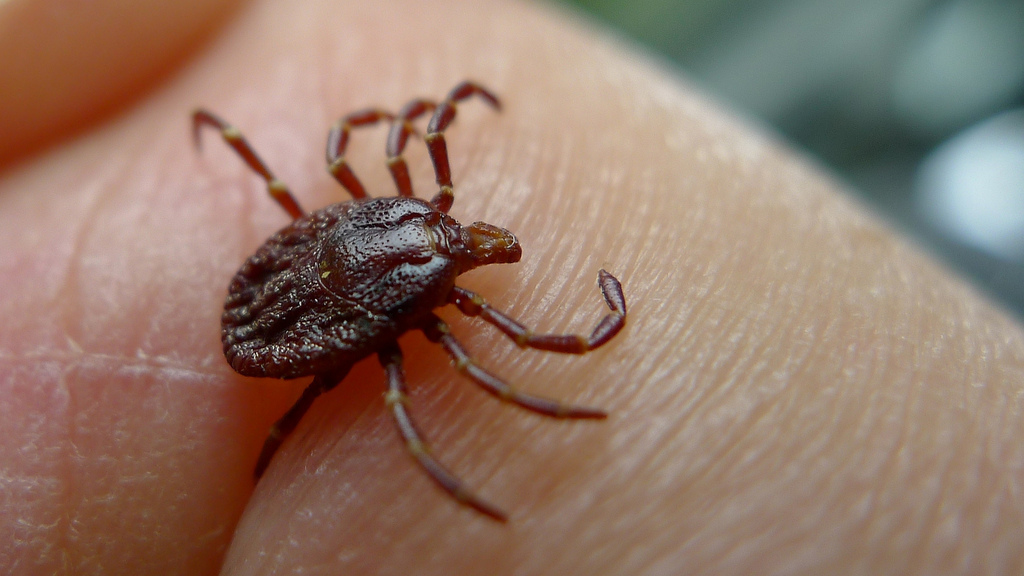
Now, the Centers for Disease Control and Prevention (CDC) has identified a new illness-causing pathogencarried by ticks. Instead of a bacterium, however, a Kansas man fell ill and died after becoming infected by a new strain of virus transmitted via a tick bite.
At this time, the CDC and Kansas health officials are still trying to determine if there are any other cases. According to Bloomberg Business, the virus is being called “Bourbon” after the country in which the man lived.
The Bourbon virus belongs to a group of viruses known as thogotovirus, a genus in the Orthomyxoviridae virus family, which includes various influenzas including the famous Influenza virus A that causes all flu pandemics. However, as reported in an article published about the Bourbon virus in the CDC’s Emerging Infectious Diseases journal, this is the first time a member of the thogotovirus genus has caused a human illness in the U.S.
Before his infection, the Kansas man had been engaged in outdoor work when he discovered an engorged tick lodged on his shoulder and decided to visit his doctor. A few days later, he fell ill and suffered from headaches, fevers, nausea and muscle aches. However, over the course of two weeks, the man’s condition worsened until he experienced massive organ failure and died eleven days after his visit to the doctor.
Though this is the first time a thogotovirus has been identified in the Western Hemisphere, viruses with similar viral genomes have been found in other parts of the world including Eastern Europe, Africa and Asia though none have been known to cause human disease. In addition to being transmitted by ticks, authorities also believe the Bourbon virus may be transmitted by mosquitos as well.
Currently, the CDC has developed blood tests to more quickly identify cases of Bourbon virus infections in other individuals who present with similar symptoms, but test negative for tick-borne illnesses such as ehrlichiosis or Heartland virus disease. Though researchers and clinicians have very limited information about the virus and its course of infection, the authors of Friday’s study warn “the public health burden of these pathogens has been underestimated.” Still, the authors hope that by combining new methods of pathogen identification (i.e. next generation sequencing) with “classical microbiologic techniques,” more discoveries about this virus will soon be made.





Be the first to comment